
For sixteen whole months during World War II, Leningrad (present-day St. Petersburg) had to survive in a tight encirclement organized by German and Finnish troops. The city’s only connection to the rest of the USSR was via the ‘Road of Life’ that ran across a frozen Lake Ladoga, which, however, could not fully meet all the necessities of a big city.
Numerous attempts to lift the blockade of starving Leningrad failed, until finally, in early 1943, the Red Army succeeded. On January 18, during ‘Operation Spark’, Soviet armies broke through on the southern shore of Lake Ladoga and created a land corridor, 33 km long and only 11 km wide, which connected the long-suffering city with the mainland.
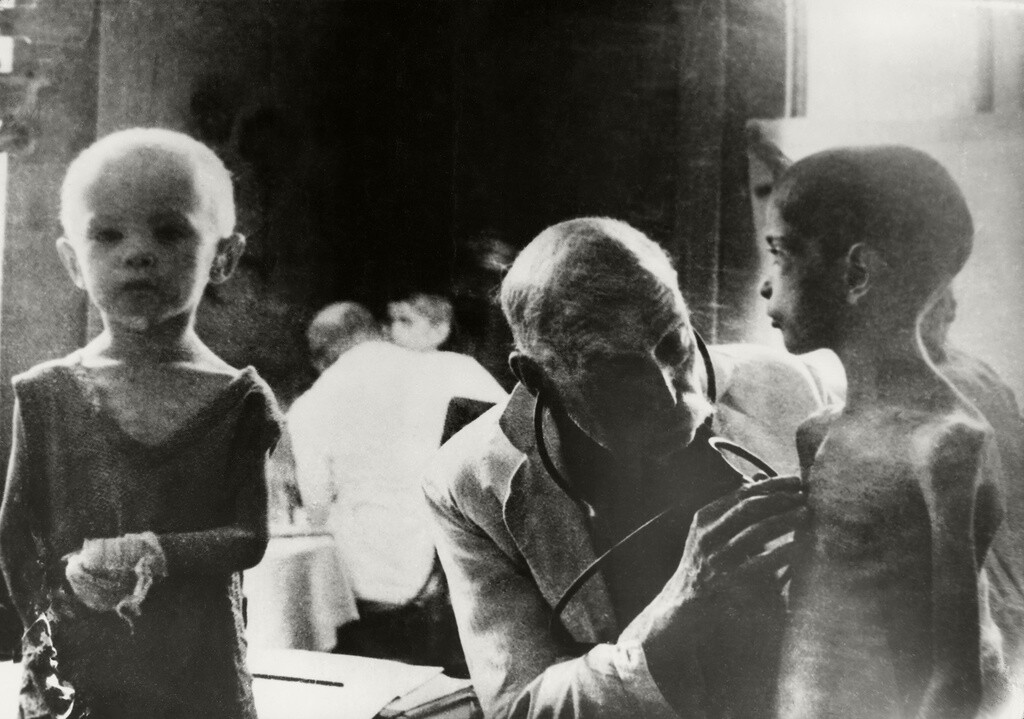
Starving children in Leningrad.
Boris UtkinLeningrad was desperately waiting for food trains. Battles had not yet ended and Soviet builders had already begun constructing the railroad line there, which became officially known as the ‘Road of Victory’. Meanwhile, many people knew it by another name, ‘The Corridor of Death’.
No matter how hard they tried, the Soviets were unable to expand the freed bridgehead and they had to rely on a narrow strip of land to lay the railroad tracks. The extremely boggy and heavily rugged terrain was well visible from the enemy-held Sinyavinskiye Heights (the Red Army had captured them only in September 1943) and was under constant enemy fire.
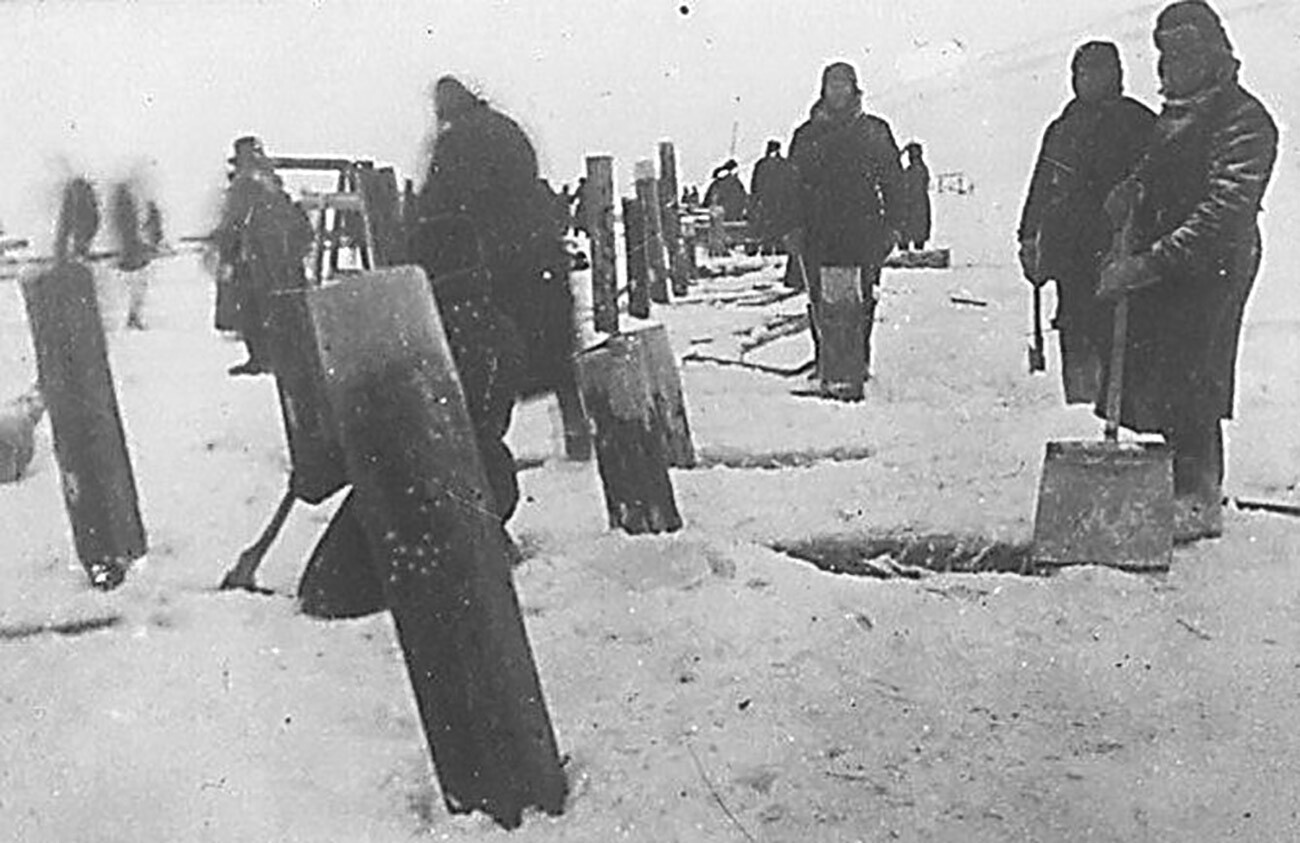
Railway construction.
Public DomainThe work began on January 22, only four days after the blockade was broken, during snowstorms and constant shelling. “The snow was waist-deep, it was freezing and water was gurgling under the snow,” recalled Major Yashchenko, commander of the 57th Railroad Battalion: “The vehicles could not pass. Trophy bags were used. People poured soil in the pit and dragged it on their shoulders to the railroad tracks. The soil was transported on sledges, as well. Even we adapted a German carriage to transport the soil. We made an embankment, but it began to sink into the swamp. We had to place the slates on the peat first and then pour the soil on top of it. We didn’t have enough daylight; people worked at night.”
In addition, the railroad had to be constructed across the Neva River. On January 24, construction of a low-water bridge without navigable spans began. After a while, 500 meters downstream another bridge began to be built, eight meters high and capable of passing ships.
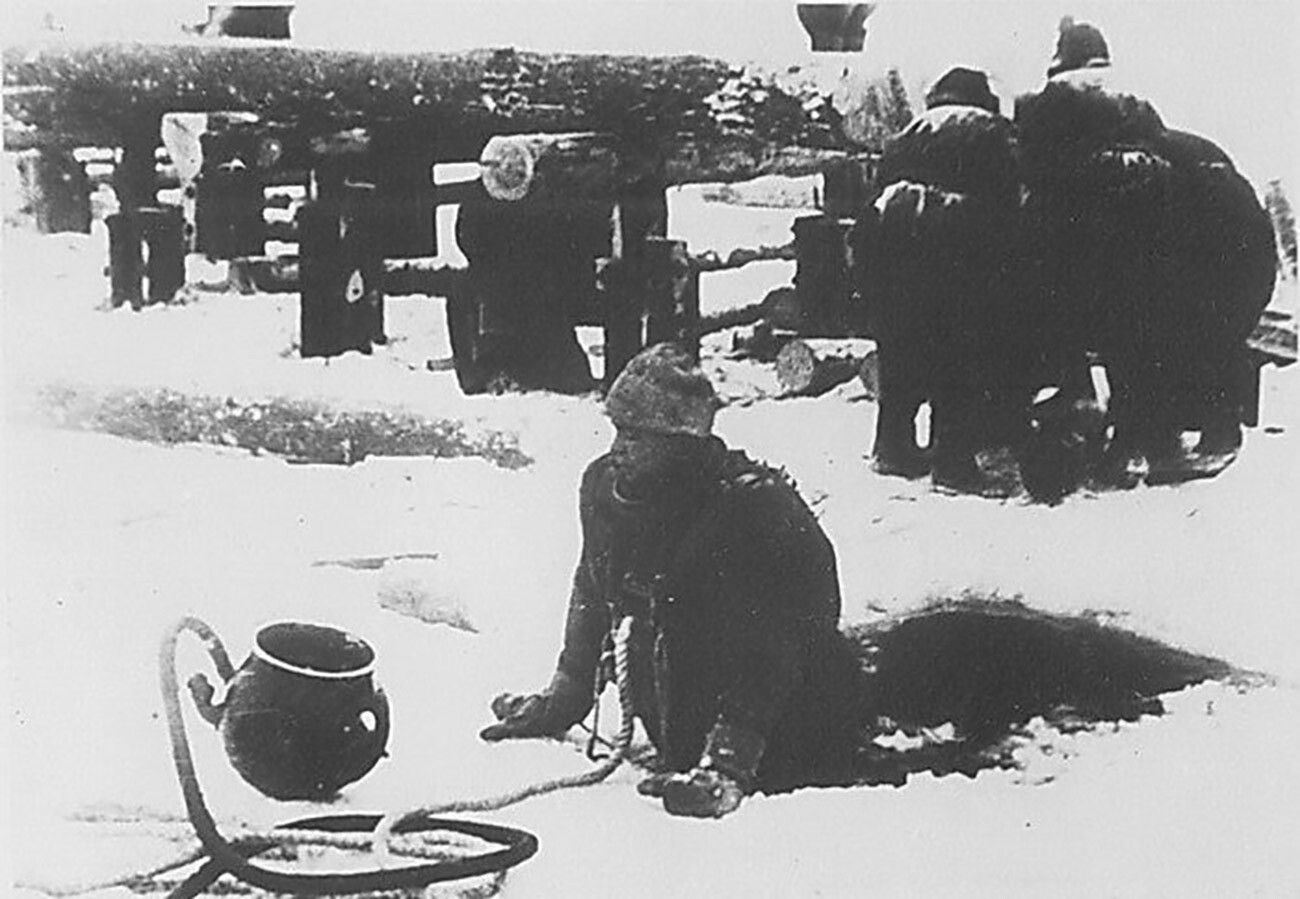
Railway construction.
Public DomainThe enemy’s attacks on these bridges practically never stopped. While one damaged structure was being rebuilt, its double was coming into action.
The first train with food arrived in Leningrad on February 7. The trains were sent out at night and cargoes were also sent in the opposite direction - the factories still working in the city were supplying their military products to the war front.
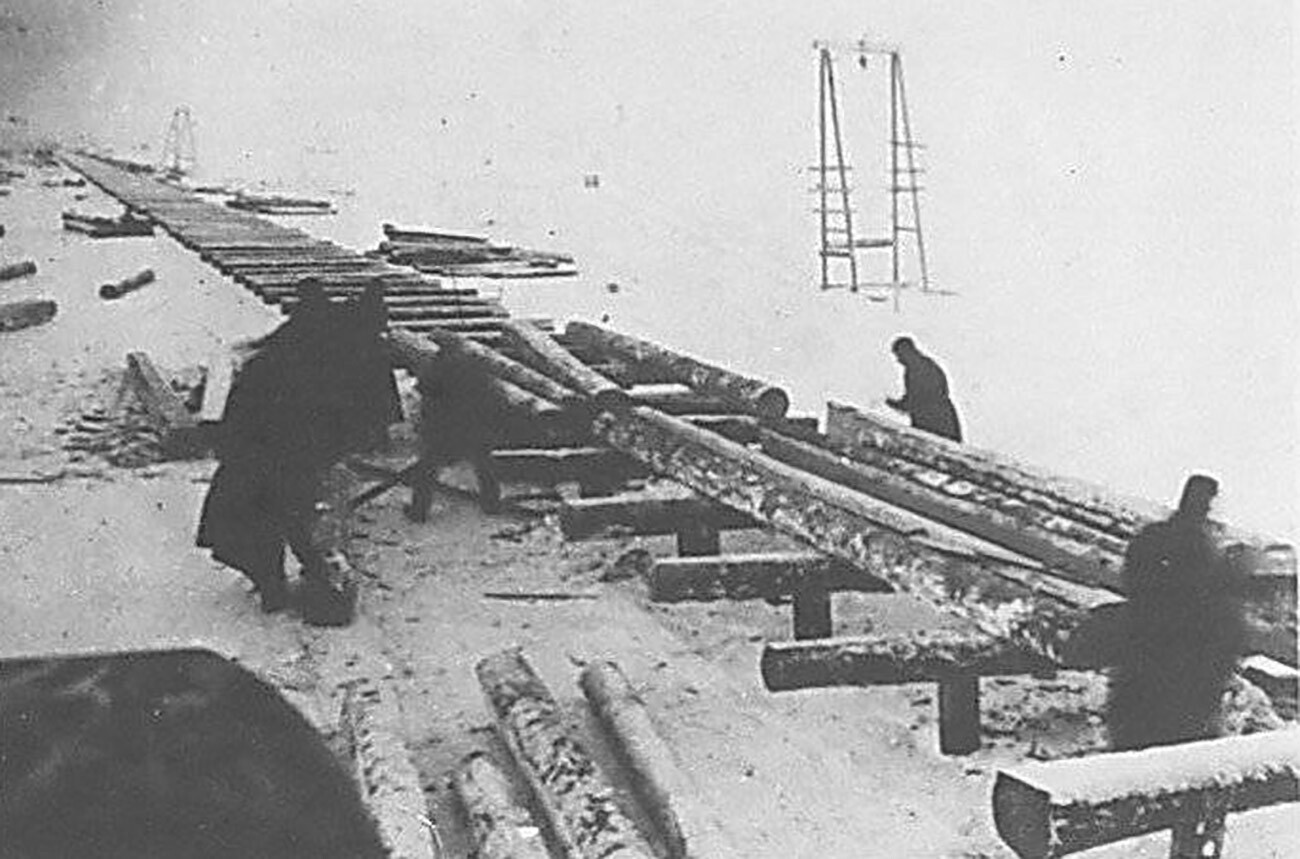
Railway construction.
Public DomainMany of the builders, employees and guards of the railroad preferred the unofficial name ‘Corridor of Death’ to the official one. During its construction, there was not a day when a few dozen people did not die under enemy fire.
People died even after this important logistics route became fully operational. To minimize losses, female traffic controllers with lanterns appeared on the road, which, hiding the light from enemy observers, warned the drivers of track damage or destruction of the train ahead.
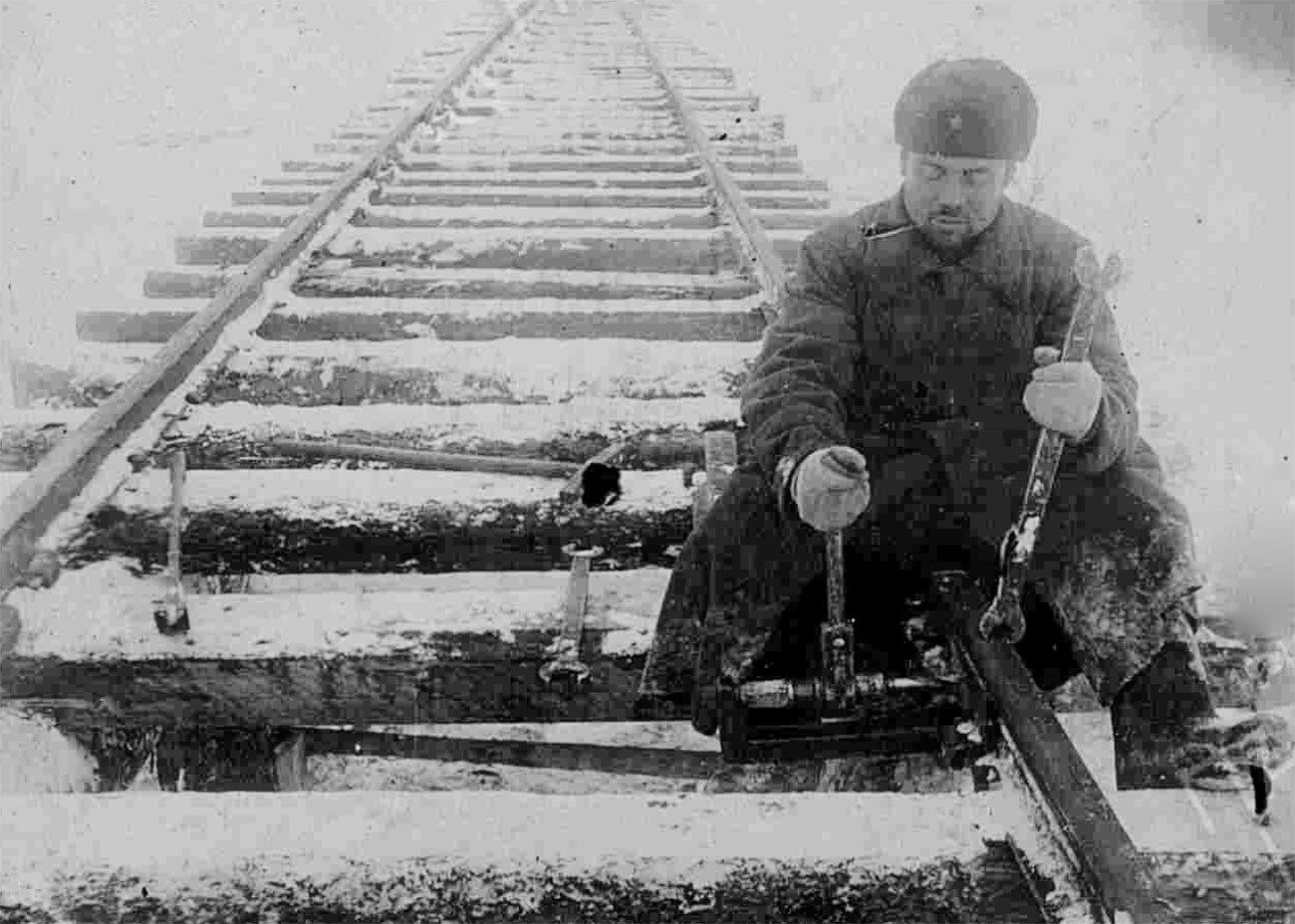
Railway construction.
Public DomainThe most dangerous part of the road was considered to be the 30th kilometer, where the forest ended and a shallow bushy field began. There, the Soviet trains were in full view, forcing the drivers to drive through as fast as they could.
“We operated in the following way: when going through the forest, we picked up high speed and, upon reaching an open place, we closed the regulator,” remembered driver Vasily Eliseev: “During this time, the coal in the furnace was burned in such a way that there was no smoke. Without smoke and steam the locomotive went to the next kilometer, where the slope began, and the train rode for several kilometers by inertia. Then we had to open the steam. Seeing it, the fascists immediately opened fire. Again, the train had to be accelerated hard, then the regulator had to be closed again and it had to run on inertia for some distance. The Nazis, having lost their bearings, stopped firing until they found their target again. And the driver tirelessly repeated his maneuver, playing with death.”
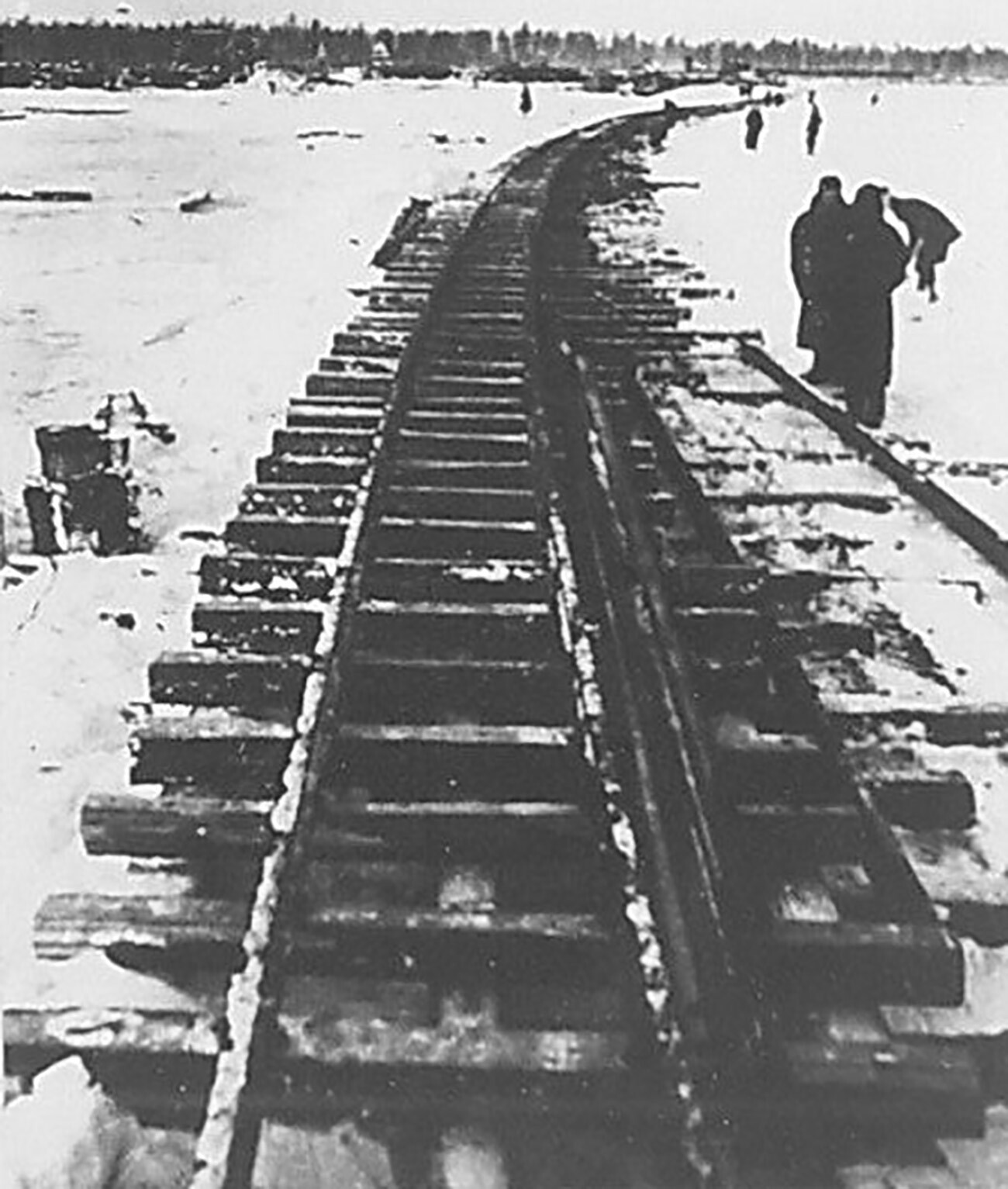
Railway construction.
Public DomainIn the spring, in addition to the Germans, another enemy appeared - the melting snow. The ‘Road of Victory’, which had been laid in winter on frozen swamps and streams, began to be flooded. Day and night under enemy fire, workers were restoring the railway bed, and trains had to go through the water, almost like amphibians.
Leningrad instantly felt the value of the ‘Road of Victory’. One railroad train brought more food to the city than could be delivered by the ‘Road of Life’ in an entire day.
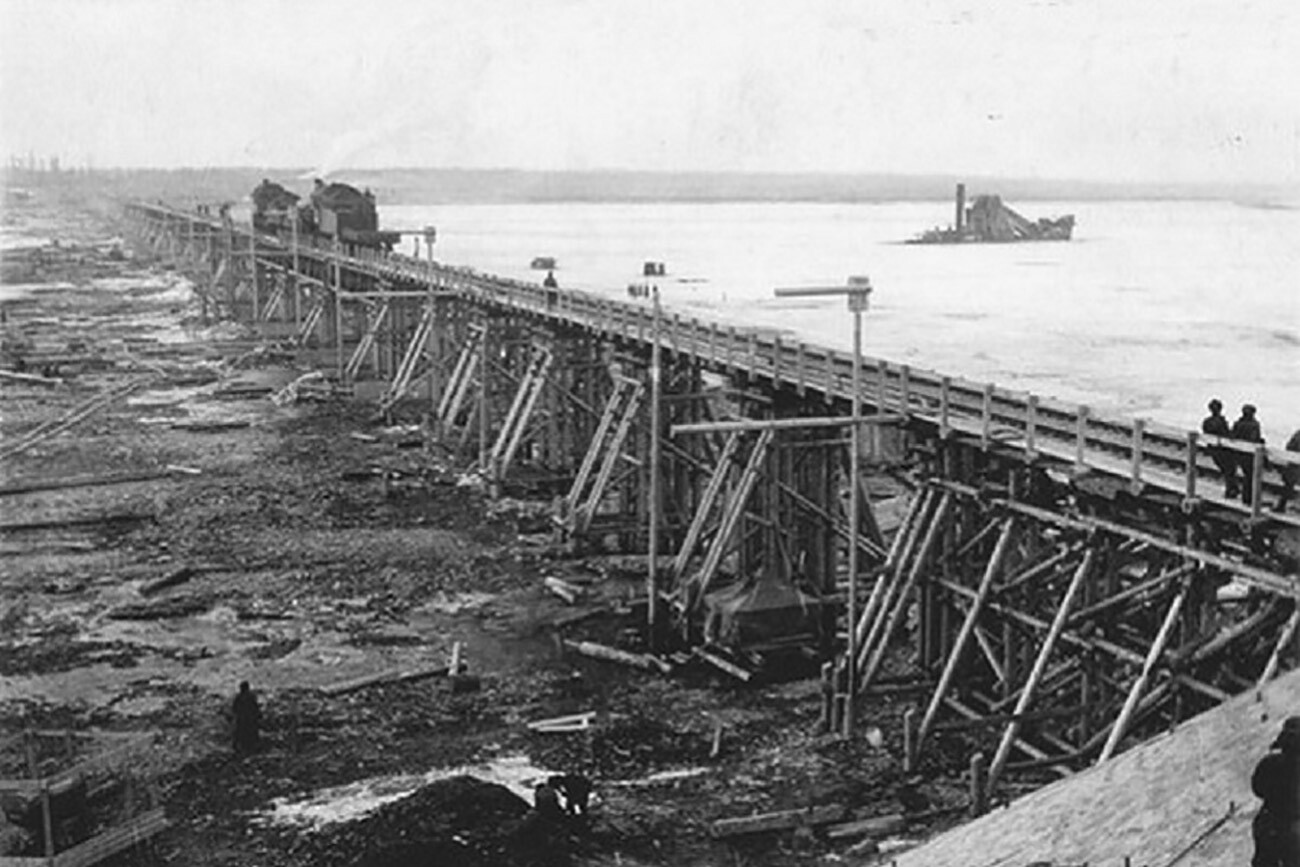
Railway construction.
Public DomainFrom February 1943, up to the complete lifting of the blockade in January 1944, 4,729 trains passed along this unique railroad. It accounted for 75 percent of all cargo delivered to the city (25 percent was sent via Ladoga Lake).
After railroad service was restored on the liberated territories in March 1944, the ‘Road of Victory’ ceased its operation. During the entire period of its operation, fifteen hundred locomotive units were destroyed by the enemy. The number of killed railway workers alone was slightly less than two hundred, while the number of builders, soldiers and evacuated civilians who gave their lives is, to this day, incalculable.
If using any of Russia Beyond's content, partly or in full, always provide an active hyperlink to the original material.
Subscribe
to our newsletter!
Get the week's best stories straight to your inbox